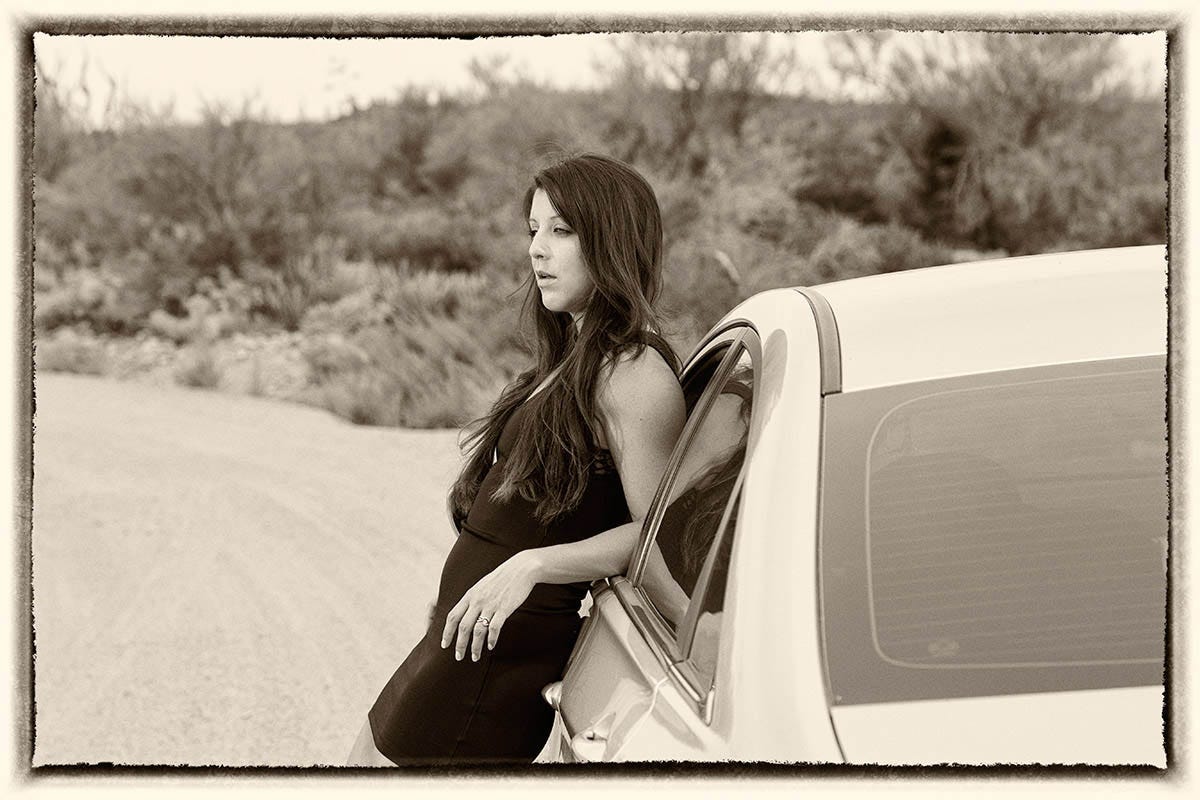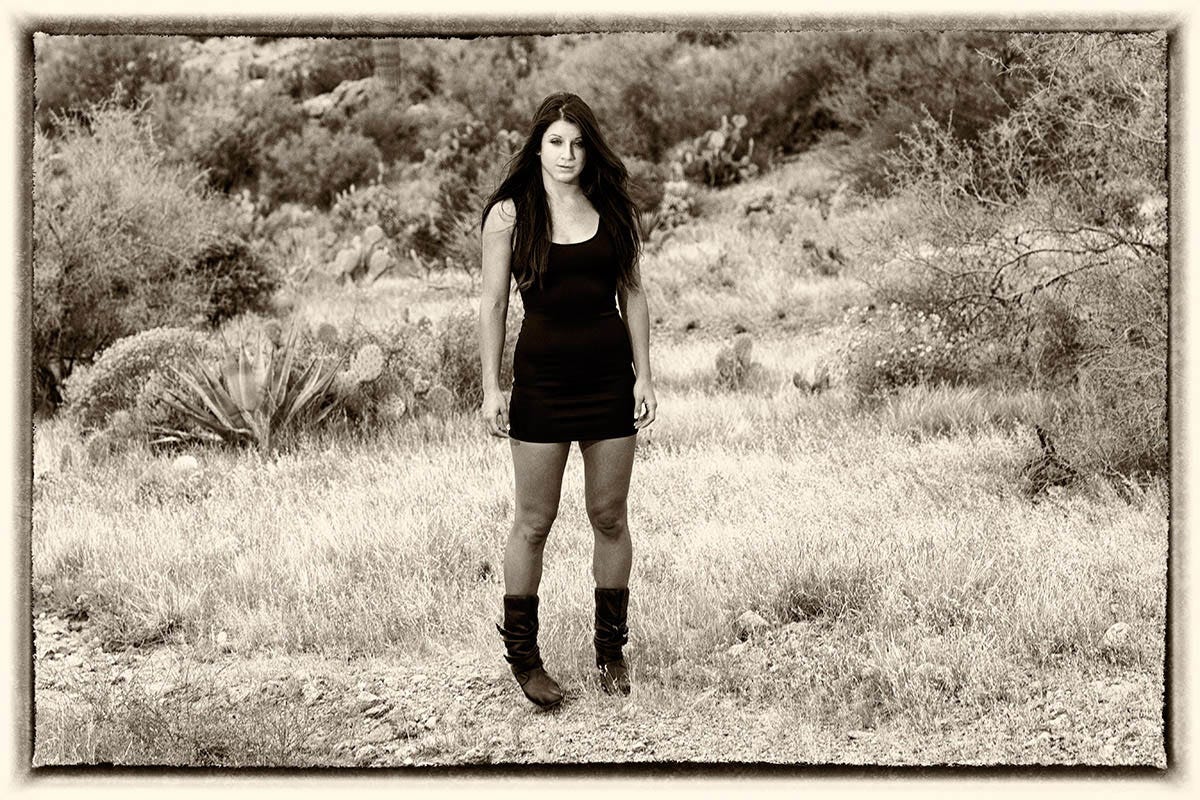Do You Make Authentically YOU Images?
Or are they cheap imitations of other people who may also be imitating someone else?
This is always a concern for beginning and emerging artists. Where do we draw the line between inspiration, appropriation, and wholesale stealing?
Being inspired by someone else's work is normal. Encouraged even. It is how we find our parameters and edges.
We should be working toward that the entire time we are learning our craft.
I was speaking to a group of photographers discussing how to choose an image that you want in your portfolio. Editing images down to the portfolio level is damn hard, and doing it yourself is even harder.
I was cautioning against making portfolios that look like everyone else’s, or even worse. being a cheap imitation of what others are showing in their books.
A friend and brilliant photographer sent me this note afterward.
“The question of whether a photo is worthy of being in your portfolio is harder. You may put the 24 images that best describe you in your book, or more precisely, the 24 images that best describe your sensibilities to the particular audience you’re showing your book to on that day. But for an image to be worthy, it actually has to describe your sensibilities; it also has to be in the top 1% of your best work. And you have to be convinced that you pushed yourself to create it and that you couldn’t have done it better at the time. I think we all have images that have a rightful spot in our book, but not all of them are actually worthy to be there, and those images should be booted as soon as something better has been shot.”
While this is very true, and should be regarded as excellent advice, we first must get to that point where the images in the top 1% do more than emulate what is already out there but also begin to define us as photographers in our own right.
I have heard the questions “what is my style”, and “how do I find my style” from both beginning photographers and full-time professionals. The answer is simple… look at your photos and tell me which ones you love (not like, love), and then tell me what makes you love them?
Wait… I did say it was simple, didn’t I?
Yeah… I lied. It is not simple or easy, it is a complex decision-making process that combines what we know with what we feel and adds a bit of structurally and whimsically applied aesthetics along the way.
Finding good photos is one thing, but finding authentic images is a bit more challenging. While it may be a good technical photograph, the goal is to achieve something more than mere technical competence.
We want to make images that look as though they came from us. Through us. They are definitely images that we made, and that personal touch is visible to viewers.
This doesn’t mean that our images are totally unique to the entire world of imagery, but instead that they are uniformly identifiable as ours. They belong to us, and are a part of how we see and present the world through photography.
And while that is a noble and excellent goal for our work, we are constantly challenged with how to get there.
“Imitate, Assimilate, Innovate.” — Clark Terry
Clark Terry’s quote above says, we should imitate, then assimilate, and finally innovate — and that gives us a path to follow. A clear road map for creativity. A plan.
Imitate: In jazz, it is important to gain the ‘chops’ to be able to play some licks or patterns that our heroes play. We learn to do a cool fill like Elvin, or a blues change like Trane. We are copying them not from a point of stealing their music, but from the experiential learning method so important for all forms of art. In order to understand, we do what they did.
In photography, the goal is to learn the exposure qualities, what ratios look like, and make images that look like others have made them — others that we admire. That doesn’t teach us to steal the work, but to imitate the technique, and get better with our tools.
Assimilate: Just again as in jazz, we learn so well that the techniques become second nature to us. We can hit that riff just right, and play the turnarounds just like Monk, but with the beginnings of our own flare.
We have assimilated the techniques. We are no longer stymied by exposure, or how to get ‘that look’ or where to put the umbrella. We have imitated to the point of assimilation. The techniques are a part of us and are called into service without much ‘thinking’ about them.
Unfortunately, the first two are the easiest. They require practice and faithful study of something that is currently out there to be studied. The model exists, so we have the base upon which to build. But this is not where we quit. Assimilation is not the goal.
Innovate: Innovation is the goal.
We take the techniques that are now second nature to us and we begin to build our own sound, our own riffs, our own blues turnarounds. And we make the images that are ours, fully and completely ours.
Yes, the homage may be present. Yes, there may always be some areas of crossover, but the images are more “us” than the ones we studied. They are authentically ours. We have broken through the limitations of mere assimilation, and created something unique and ultimately much more powerful. We have innovated.
Innovation comes hard. It requires more study and more practice than the first two levels did, and the payoff may not be visible so quickly. This is where we get to words like ‘vision’ and ‘style’ and ‘personal work’.
In a previous article, I discussed making sure images were portfolio worthy This time I am saying foif they are worthy, that’s good. If they are authentically yours, that is even more good.
Gooder, so to speak.
The method we discussed for looking at your work is the first step; now we have to dig deeper into your vision and see the work that is presented as a group. A ‘body’ of work. More than a collection of ‘good’ images, this body of work is a collection of related images that show an authentic connection to the photographer.
Photography can be quite a challenge when you get to the ‘innovate’ part, but it is so rewarding when you do. To create something uniquely yours is very cool, and very much a confidence builder.
And it takes time and volume to create.
“Shoot More. Suck Less.” — me.
Look at your current body of work. Lay prints out on a table. Use only the best of the best.
Do you see anything tying them together? Color, composition, minimalistic, or rich tapestry-type images? Is there a way you work with space and subject that seems to be in a lot of the images before you?
I do not know exactly what you will find.
But I know you will start to see the connections, the authentic way you do something that is purely you.
You could now see a style emerging right before your eyes.
It has been there all along but you hadn’t really seen it
Is there a unique way of looking and seeing the world that connects the images somehow?
You should be able to say with confidence that someone looking at the group would state… “yeah, those are all yours.”
That is the goal we are aiming for. That point where we stop making images that look like ‘theirs’ and make images that are ‘ours’.
And remember that your style doesn’t mean a unique to the world style, it means it is YOUR style.
BTW, it is not necessarily how you process your images, what lens you use, or how off-angle the horizon is. While a little of all three can be involved, your style is more about how you see than the gear/actions/presets you use.
Where are you on this path? Are you still imitating to find the technical control you need? Or are you in the assimilation section, having the skills and using them to make images that look like everyone else’s? Have you begun to innovate — to create something that flows from you as a personal extension instead of looking outward for validation of your work?
Here is Clark Terry teaching a master class:
And here’s a younger Terry cooking along with a big band from a little TV show that was on late nights:
All photos are mine. Model is Briana Austin, San Diego. Photographs taken in the Superstition Mountains above Tortilla Flats.
All photos are mine and are copyrighted.
I am a photographer, designer, and photo editor. More of me here.








